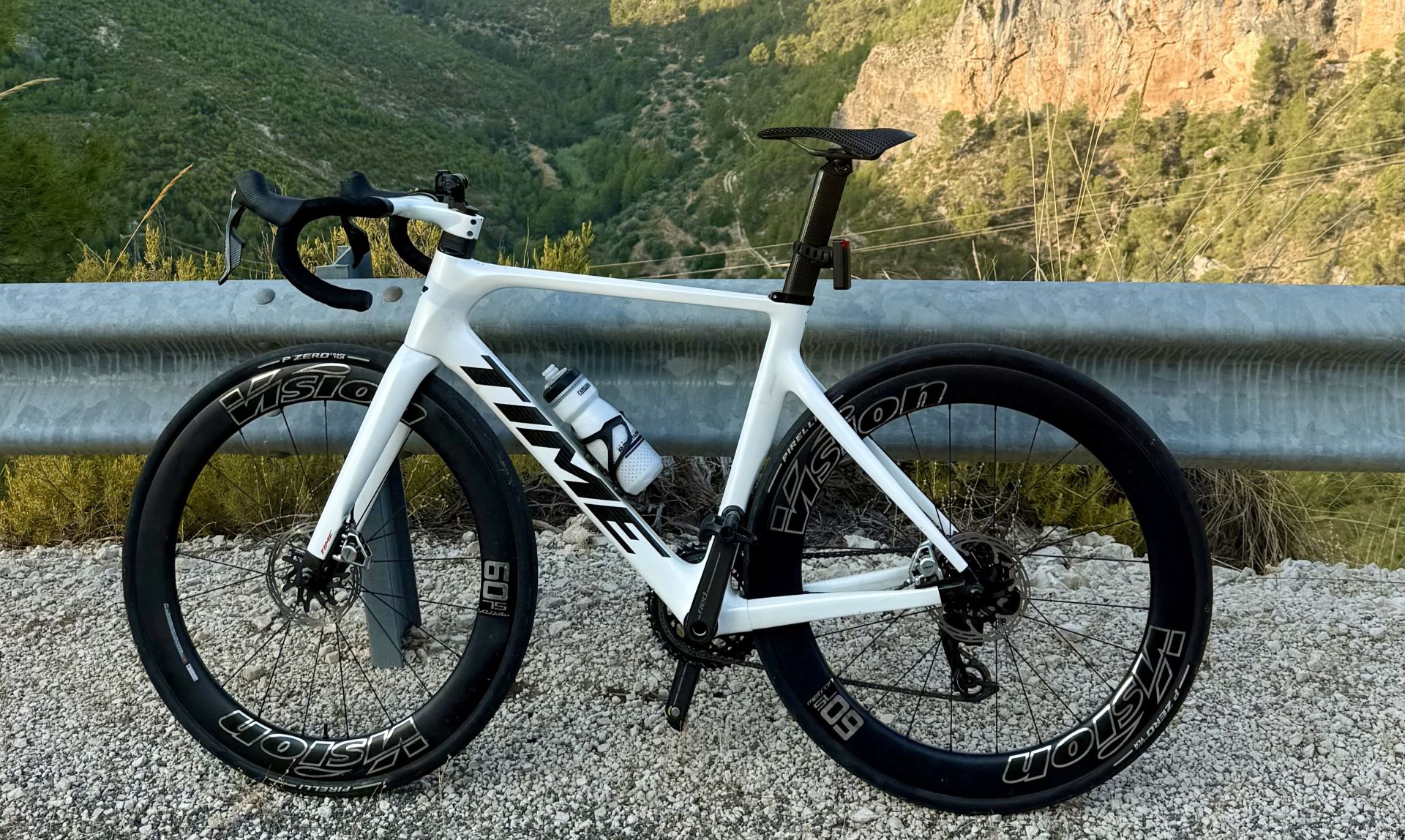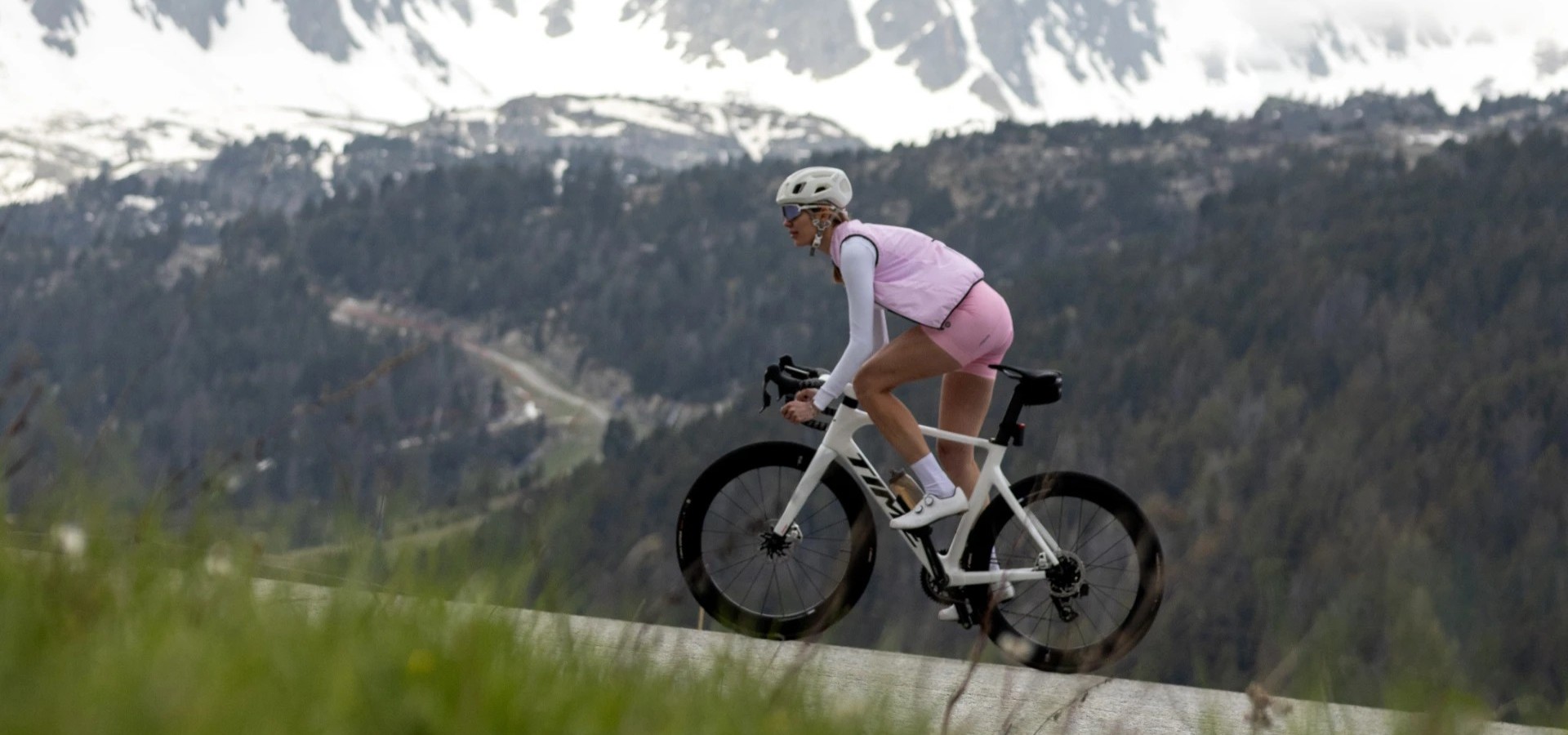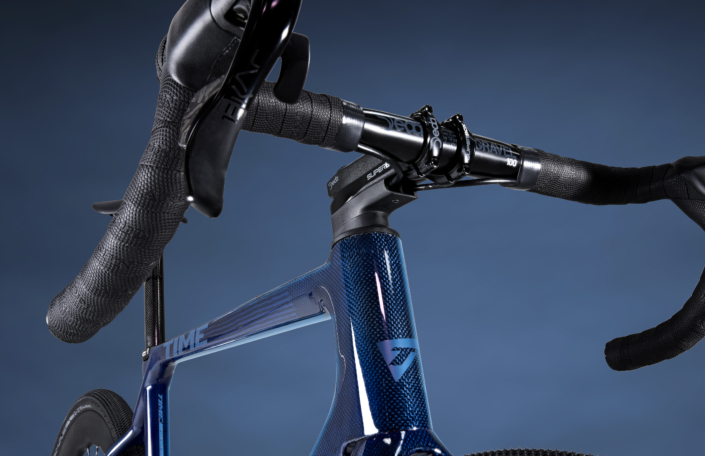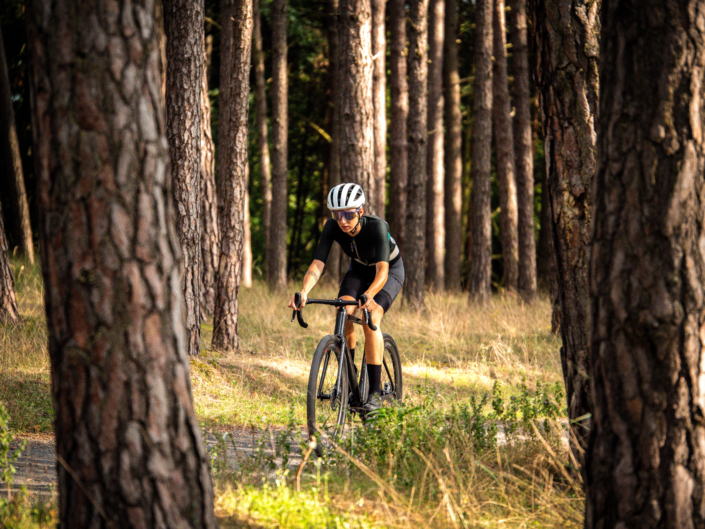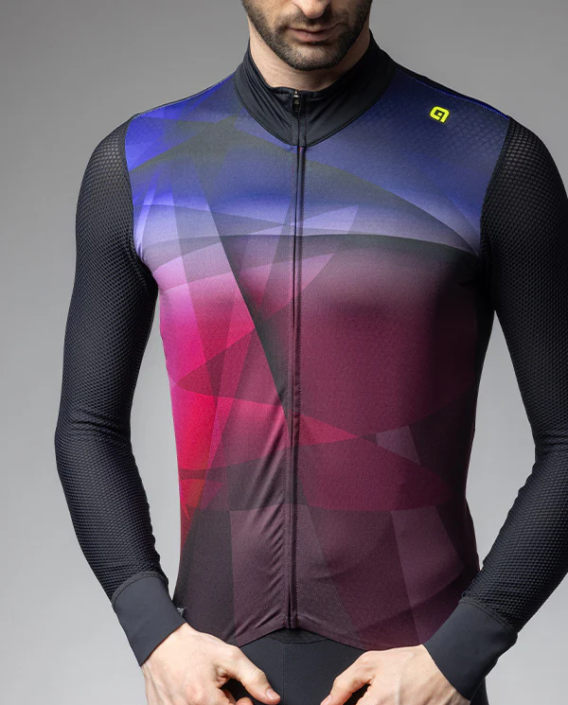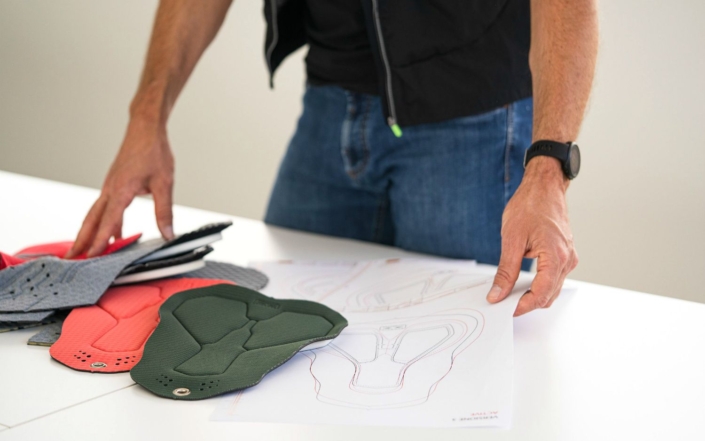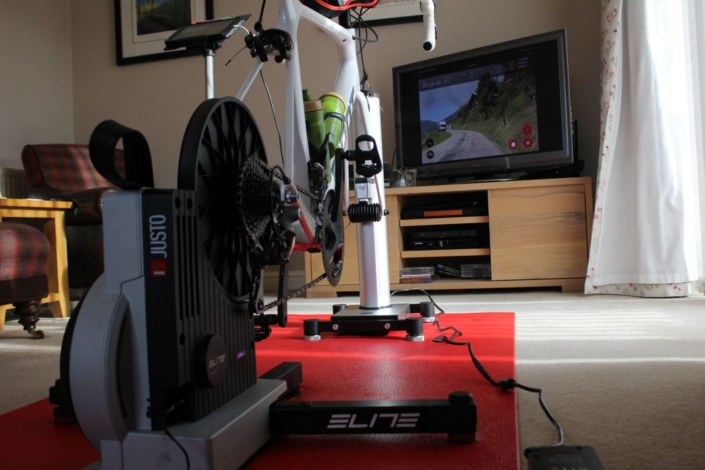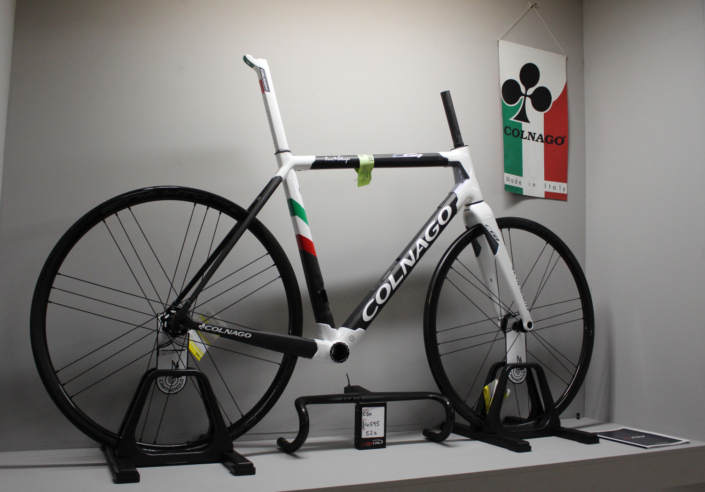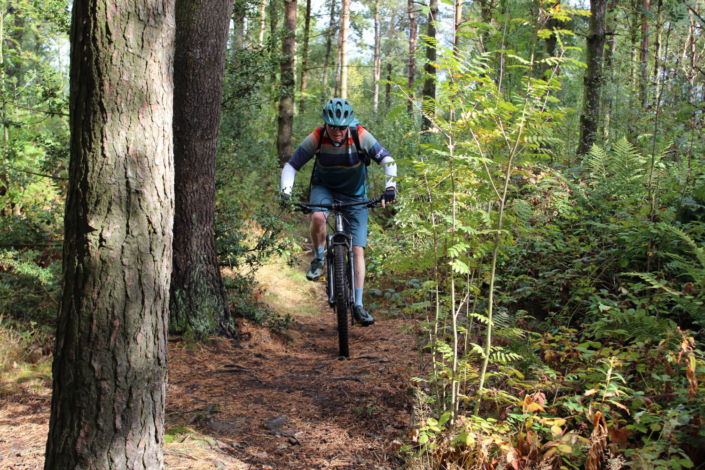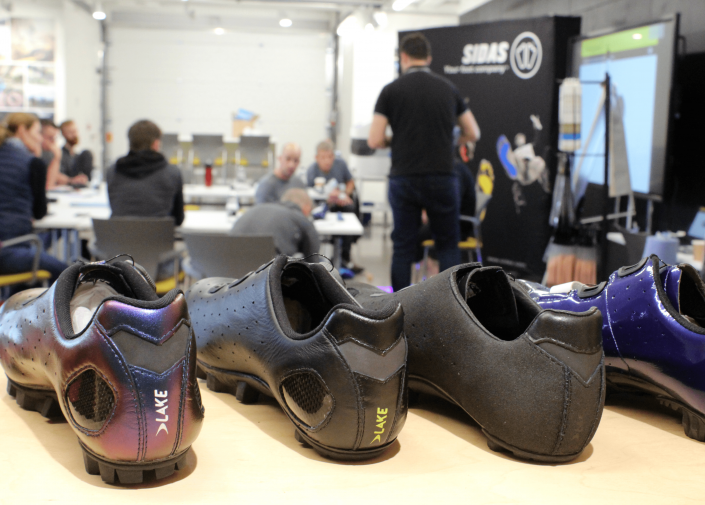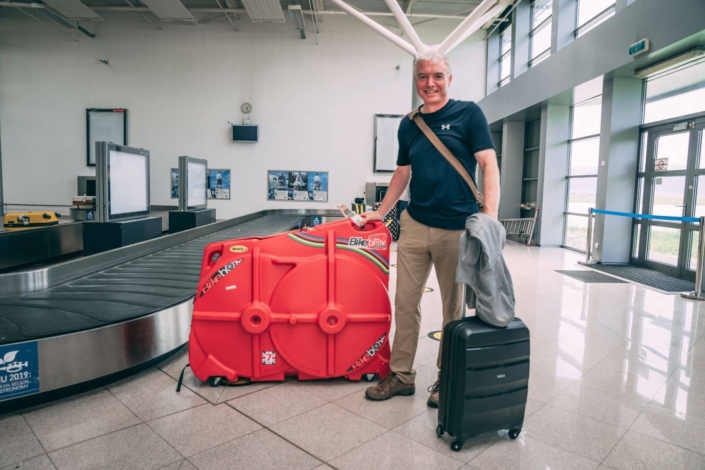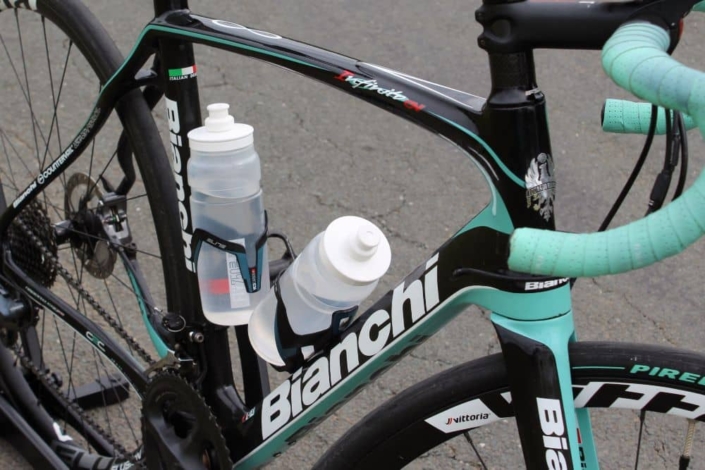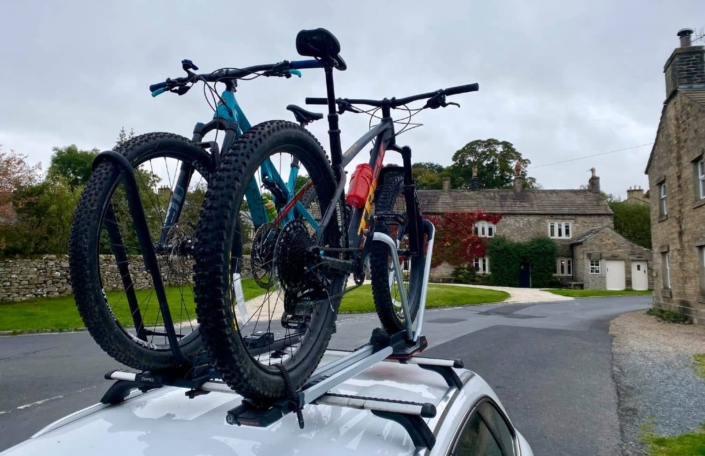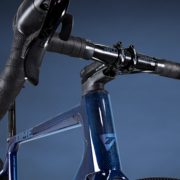Riding into the technological revolution
How science and technology is challenging cycling, and bringing in a whole new era of participation
Photography by Ben Thorpe & Nadezhda Pavlova
It was about 1994 I’d say. In the parking area to the rear of Thirsk Court House and Police Station – yes Thirsk. Home to the famous vet – James Herriot – of ‘All creatures great and small’ fame. A colleague of mine had turned an old steel butchers bike into an E-Bike, by using a washing machine spin drive and a car battery perched on the rear pannier. Yes, he was renowned amongst our group as a mad inventor!
Speeding around the small car park, he invited me to take a go, saying “with your light weight, we’ll get 20 miles an hour out of it!” The invitation was too good to miss! Needless to say, Perkins – his name – didn’t take the bike much further. He did however convert a Hillman Imp, and then a Nissan van to run on electric. The van even had a small wind turbine that came out the side, and which powered the stereo! I’ve always been a fan of tech, and working alongside my old friend and colleague, Perky, I was never short of new technology to take a look at.
The cycling industry caught up and overtook my friend though. Whilst Perky moved his attention to designing a small submarine, cycling was developing suspension forks, smoother gearing and lighter alloys to make bikes faster and more comfortable. The nature of our sport means that innovation and technology is always on the move and striving to improve the quality, reliability and efficiency of cycling.
Marginal gains in cycling became a buzzword for Team Sky. However, I’m sorry to burst Sir Dave Brailsford’s bubble, but it had in truth been going on long before those heady days of Brit Pop road cycling success. The living legend that is Graeme Obree had tinkered with tech and challenged the UCI years before. And, right across the industry, cycling brands were historically consistent in their drive to innovate. FSA have always been a leading light, introducing ceramic hub bearings in 2004, with one rider using them in the Olympics – and yet with them being used across the whole peloton only a few years later.
Yes, technology and cycling go hand in hand – like coffee and croissants.
Technology and innovation for the masses
Cycling is hard work – especially as we get older. I live in the Yorkshire Dales, where they don’t even sign a gradient below 16%! There’s too many of them and they’d run out of signage! Whilst the hills aren’t as long as those in mainland Europe, they test you mentally, by frequently offering an amazing descent, then spitting in your eye as they suddenly produce another chain-busting climb. The mountain biking trails are even harsher. There’s a climb on the Nidderdale loop that looks almost vertical. Over the years, this landscape has kept cycling away from a large percentage of the population, too wise to suffer the pain that we cyclists take to like masochists.
Thankfully though, especially here in the U.K., the development of the E-Bike – both on the road cycling and the E-Mountain bike front – has turned the dial upwards, bringing more and more people into cycling. Both from a commuting perspective and a lifestyle and leisure point of view, the technology behind the modern E-Bike has done more for future cycling participation than our countries woeful and frankly pathetic attempts at a green transport infrastructure or half-baked policies ever could. Yes, you’re able now to easily ride your E-Bike into town, or into the hills – just expect to get a close shave from a car or lorry along the way! It’s sad that the U.K. establishment is literally quite pathetic at creating any form of cycling infrastructure and at the development of a joined up transport policy for the future.
We seem to be too drunk on tarmac still, and bikes are too frequently seen as an offensive sight to U.K. drivers. Elsewhere in Europe, it’s a joy to cycle; which is why Euro Bike is always such a great reflection of a cycling and technology future that we should all embrace.




